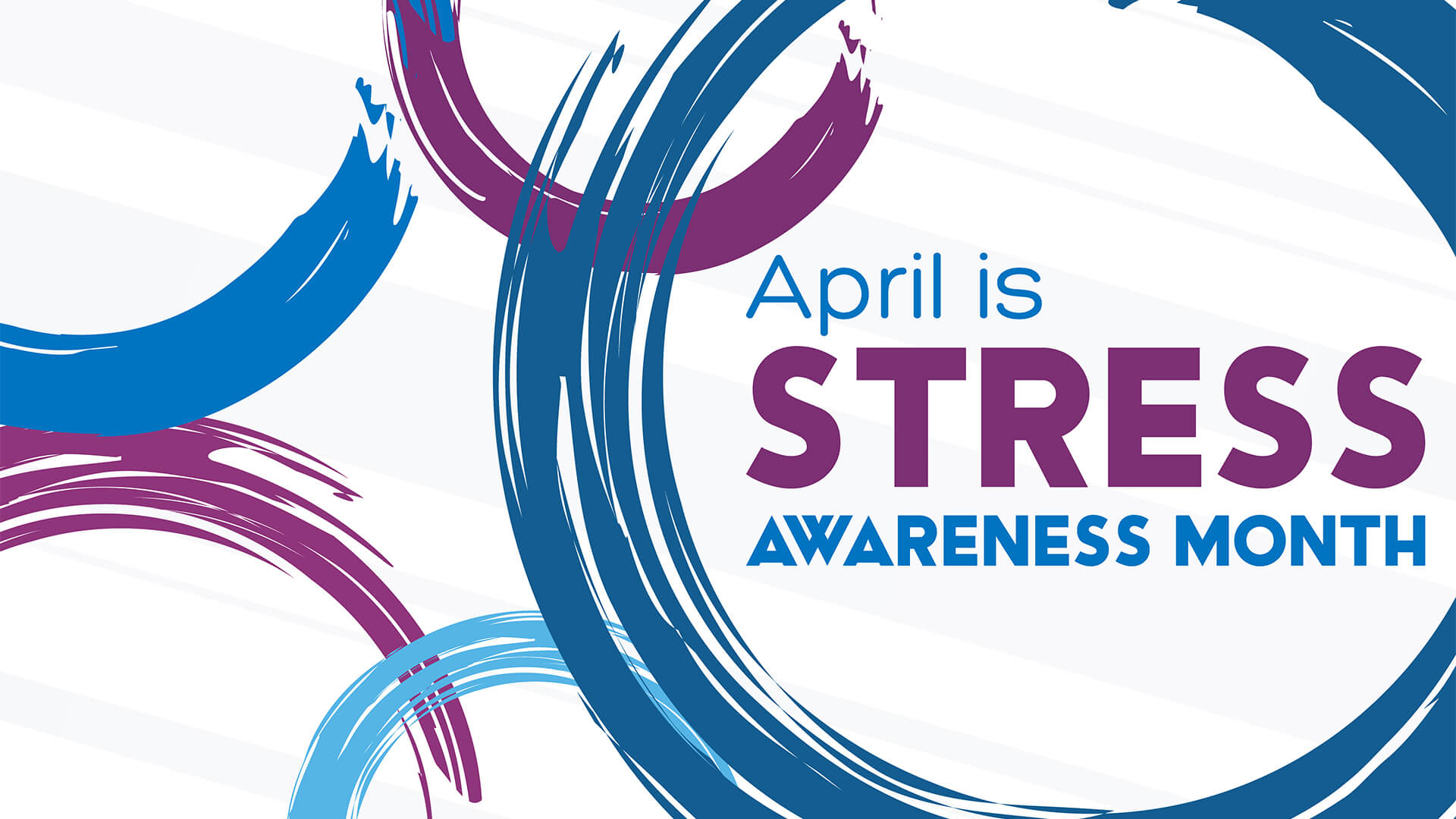Stress Awareness Month: 7 Steps to Managing Stress As Workplaces Reopen Post-Covid
With 73% of workers admitting they fear a return to the workplace could pose a risk to their personal health and safety, David McCormack, CEO of employee benefits and outsourced payroll provider HIVE360, shares seven practical steps for Stress Awareness Month, that will help ease workers’ worries about being back in the workplace post COVID lockdown, and ensure they feel comfortable you are providing a safe environment for them.
- Communicate – ensure workers know it’s ok to feel anxious about the return to the workplace after months of working from home, and encourage them to talk about their feelings so you can reassure them and take any additional action to ease their worries.
- Be flexible – for people anxious about a busy commute to work, be open to an early or late start / finish time for the working day. For those feeling really uncomfortable about being in the office, give them the option to continue working from home some days each week.
- Be safe – People are counting on their employers to help them get back to work safely. Putting health and safety and employee wellbeing at the heart of any return-to-work planwill help with employee support and reduce the stress of transitioning back to work. Be COVID aware, safe and secure; employers have statutory duties to provide a safe place of work and general legal duties of care towards anyone accessing or using the workplace. Carry out a risk assessment of the entire workplace and implement measures to minimise these risks, and create and share with all employees and visitors to the workplace a clear policy on behaviour in the workplace such as the rules on wearing facemasks, social distancing measures, hand washing and sanitizing, with the relevant equipment available to all, along with what people should do if they or someone they live with feels unwell or tests positive for COVID.
- Be caring – employees feel uncomfortable speaking about poor mental health, and this won’t change. With concerns about the effects of COVID-19 on society and the economy, mental health continues to be a growing problem, so demonstrate you are an employer that recognises and understands by introducing and communicating the tools, support and measures available to them to support them and address any fears they have about the return to work. Give them access to specialist medical support and information on wellbeing support.
- Keep in touch– the need for clear communication is more important now than ever. Make a point of checking in with your staff regularly, and ask how they are coping.
- Encourage work:life balance – poor work:life balance reduces productivity and can lead to stress and mental health problems. Build-in positive steps towards work:life balance to your staff mental health and wellbeing strategies; encourage staff to work sensible hours, take full lunch breaks and get outside for fresh air and exercise once a day.
- Tailor solutions – let your employees know you understand everyone’s personal situation is different and that you’ll do your best to accommodate it. Remind people of their worth as an employee, and the positive attributes they bring to the team. After all, people are every company’s most valuable asset.

Discover our latest magazines
Stay updated with our latest publications.
Discover Issues
Want to advertise your business with us?
See how we can help you grow in the online space!
Advertise With Us
Are you an award-winning business?
We can help promote your business.
Find Out More



